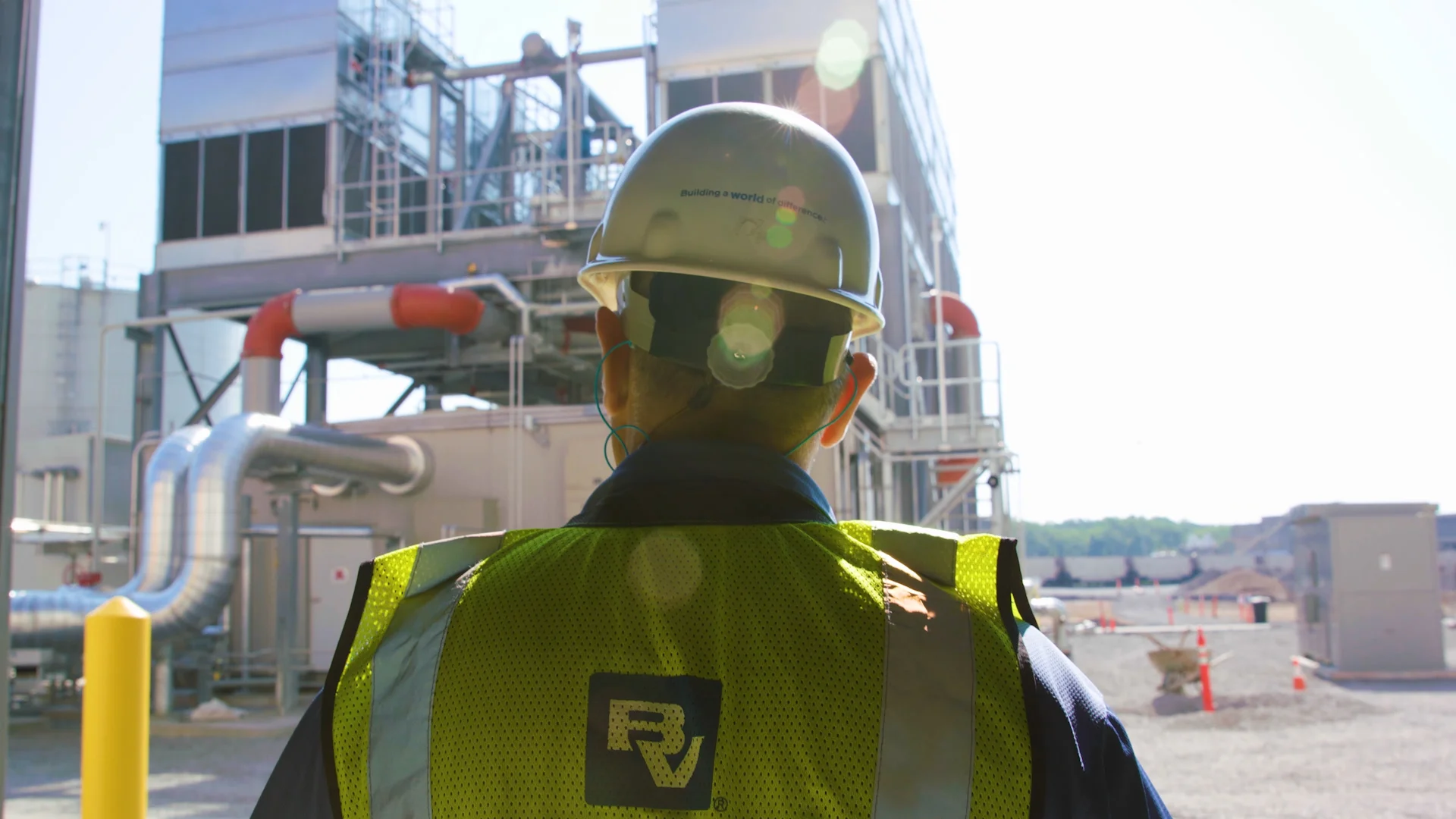By Air or By Sea – Choosing the Right Solution
To remove the conductors, Black & Veatch worked with UI to consider several options:
Using a floating barge crane. This option was ruled out due to the limited space between the tower and the Moses Wheeler Bridge (I-95) for the South Circuit, and it was deemed an ineffective option for the North Circuit.
Using a helicopter to remove both circuits. This would work for the North Circuit, but CTDOT said it would not be a viable option for the South Circuit.
After careful consideration, it was decided to use a helicopter to remove the conductors on the North Circuit and place a large man lift on the Moses Wheeler Bridge to remove the conductors on the South Circuit.
Approaching the North Circuit removals via helicopter required painstaking coordination with MNR, CTDOT and the Federal Aviation Administration (FAA) to ensure the safety of the vehicles on I-95, the passengers on the MNR railroad, and the general public as the helicopter flew to and from the bridge. After establishing a landing zone on the riverbank, the helicopter was used to fly craft labor and materials to and from the towers. The workers prepped the conductors for removal and removed support hardware and insulators from the towers.
To approach the South Circuit removals via bridge-based crane, Black & Veatch worked closely with CTDOT, which was responsible for traffic control measures and the FAA for emergency landing requirements. A crane was set up on the bridge to raise personnel and equipment to each of the three towers. The air flow spoilers were removed, and the conductor was prepped for removal. The helicopter removed the conductor using a technique called a reverse rope pull. Lastly, the rope was removed by putting slack back into the spans and pulling the rope over to the bridge deck.
“All the work – both on the north and south circuits – was performed in 20-minute segments to minimize disruption to both the I-95 and railroad traffic, and to ensure the safety of those passengers,” Rector said. “Due to multiple safety factors – including the height and location of the towers and the use of a helicopter – work could only be performed during daylight hours. When inclement weather restricted the use of the helicopter on the North Circuit, craft workers had to climb the towers.”
Black & Veatch also handled the construction of the 14 new transmission structures, which were built on the riverbanks just north of the railroad bridge. The two monopoles that carry 1,200 feet of new high-tension wire at a height of 94 feet over the Housatonic River were each 180-feet tall, supported on 10-foot diameter piers. The tower construction was performed primarily from the land, although a boat was used to carry the wire across the river.
“We put a lot of creative thought and energy into finding the right solution for this project, but that’s our specialty. Black & Veatch delivers the design and planning expertise to help clients be successful,” Rector said.





